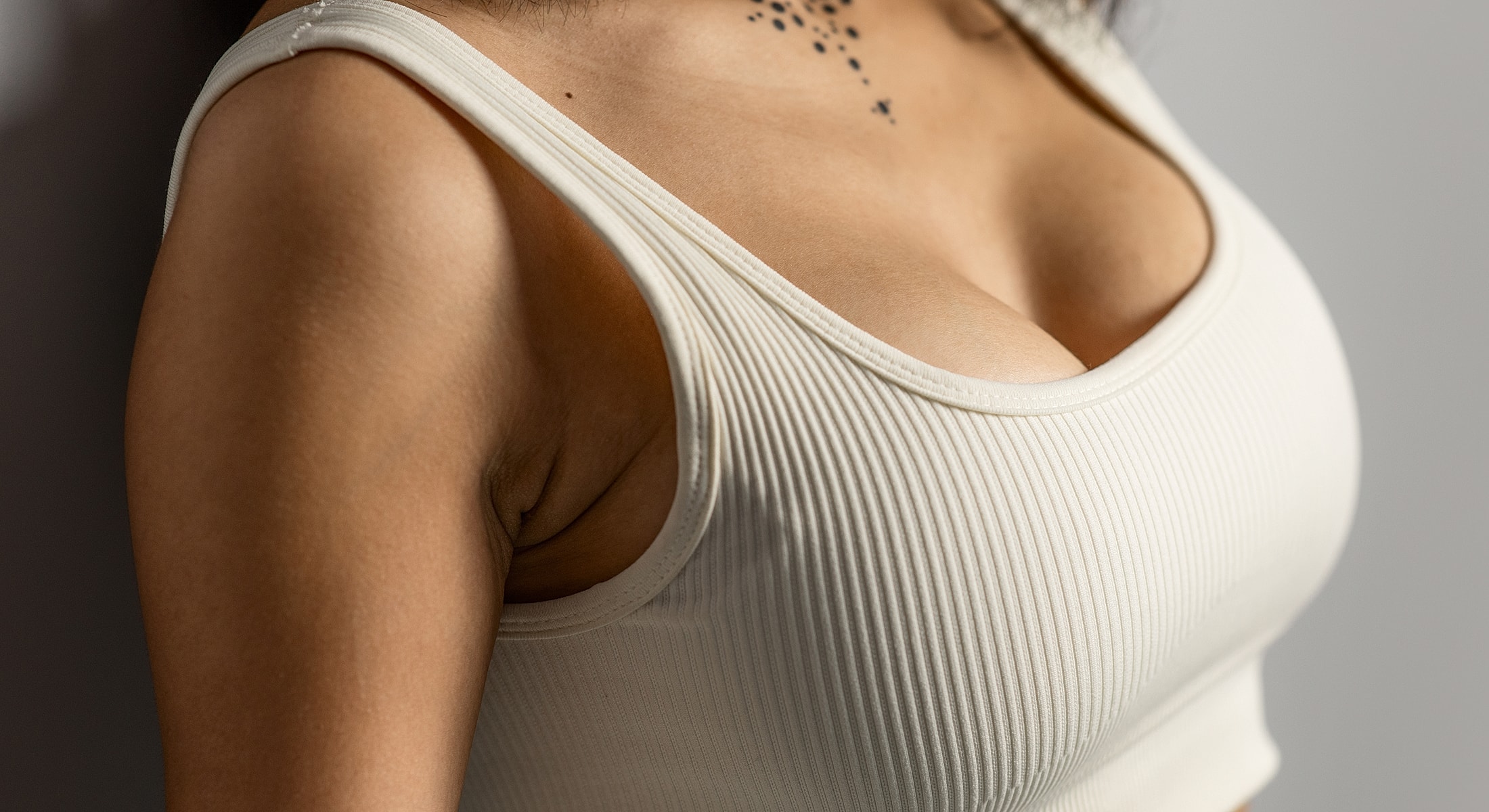

Dear Dr. Carpin, Words cannot express how great I feel and look, thanks to you… Thanks for all you do!
Click here to read more reviews.

To learn more about our various breast procedures in Webster, TX or to determine whether you are a candidate, book a one-on-one appointment with Dr. Kimberly Carpin today! Call 281-506-0302 or fill out the form in our contact page. Our practice looks forward to serving you.